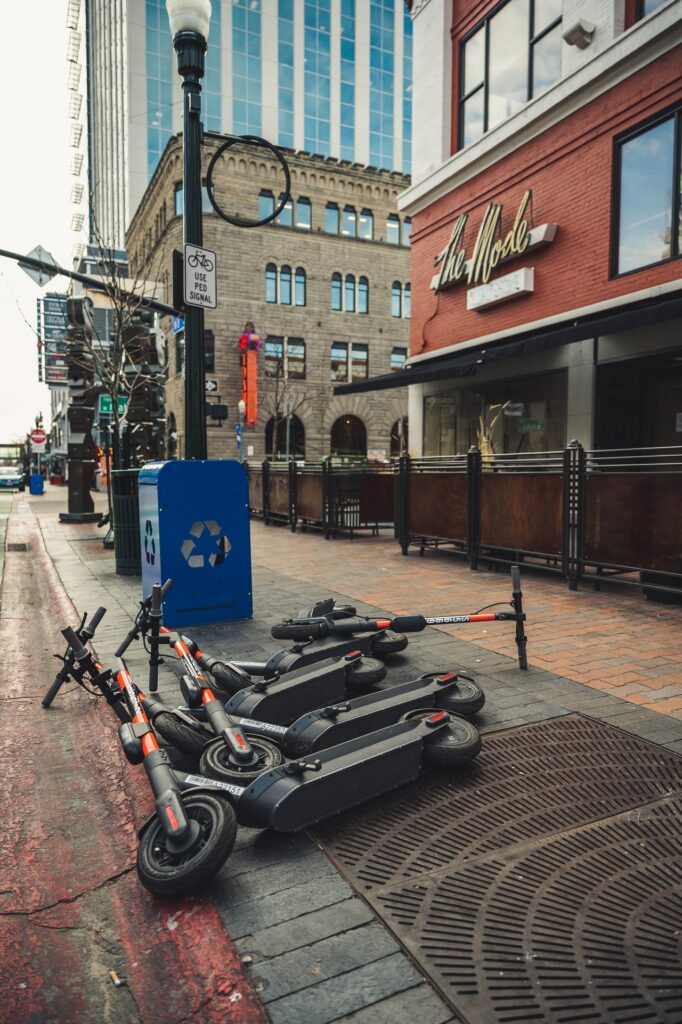The subject of today’s post is something that we have had our eyes on for some time, and we have been itching to try one of these bad boys out.
Electric scooters have slowly crept onto the scene, being rolled out in several countries with great success, such as the USA, Australia and New Zealand.
We first came across them when we were in New Zealand for a conference.
We stepped out onto the streets to see several people zooming past with huge grins on their faces, weaving in and out of pedestrians and traffic with ease.
Electric scooters represent a fun and eco-friendly way to get about busy city areas.
They are essentially just a safe as travelling by bike, it is all up to the user to make sure they make good judgement calls and act in a way that does not endanger themselves or others.
Most electric scooters now come with lights, a wide non-slip foot plate and electronically assisted brakes, to make sure you don’t fly down a hill out of control.
Since they are battery powered, they are good for the environment, but this means that they all have a certain range that they can travel until they run out of juice.
Most of them have a range of about 20 to 30 miles, meaning that they can easily do a long commute there and back on one charge, or several short distances before needing to be topped up.
The average top speed for electric scooters is around 15 mph, with some models boasting a speed closer to 20 mph, which is pretty fast for a scooter.
The only catch is that in some countries there are different laws concerning the use of electric scooters on the roads and pathways, which means that they might not be suitable for everyone’s commute.




